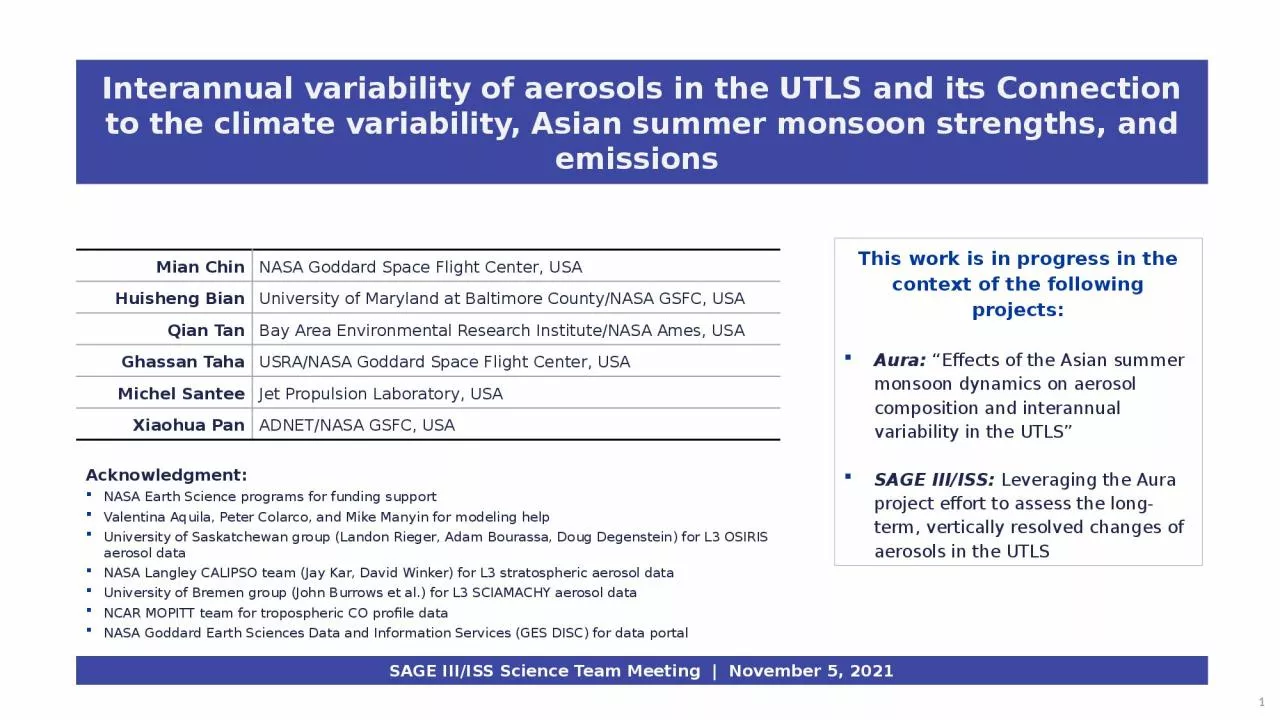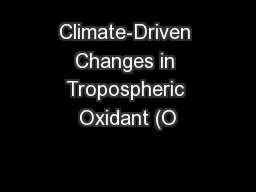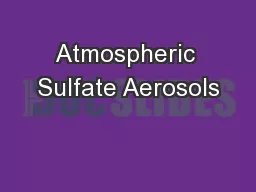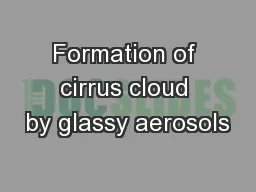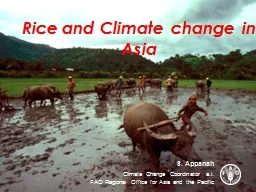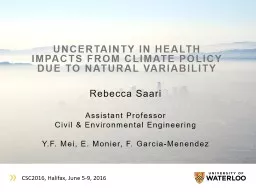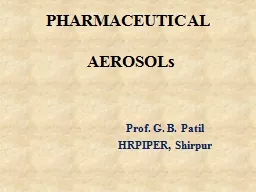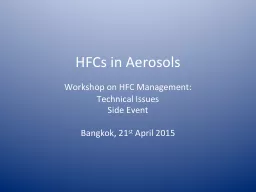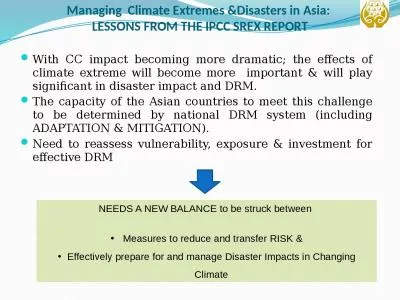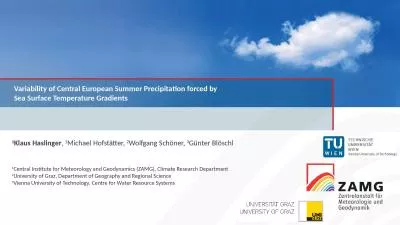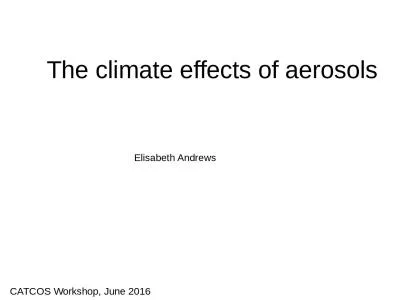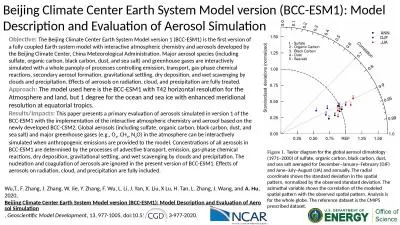PPT-Interannual variability of aerosols in the UTLS and its Connection to the climate variability,
Author : jones | Published Date : 2024-01-29
1 Mian Chin NASA Goddard Space Flight Center USA Huisheng Bian University of Maryland at Baltimore CountyNASA GSFC USA Qian Tan Bay Area Environmental Research
Presentation Embed Code
Download Presentation
Download Presentation The PPT/PDF document "Interannual variability of aerosols in t..." is the property of its rightful owner. Permission is granted to download and print the materials on this website for personal, non-commercial use only, and to display it on your personal computer provided you do not modify the materials and that you retain all copyright notices contained in the materials. By downloading content from our website, you accept the terms of this agreement.
Interannual variability of aerosols in the UTLS and its Connection to the climate variability,: Transcript
Download Rules Of Document
"Interannual variability of aerosols in the UTLS and its Connection to the climate variability,"The content belongs to its owner. You may download and print it for personal use, without modification, and keep all copyright notices. By downloading, you agree to these terms.
Related Documents

